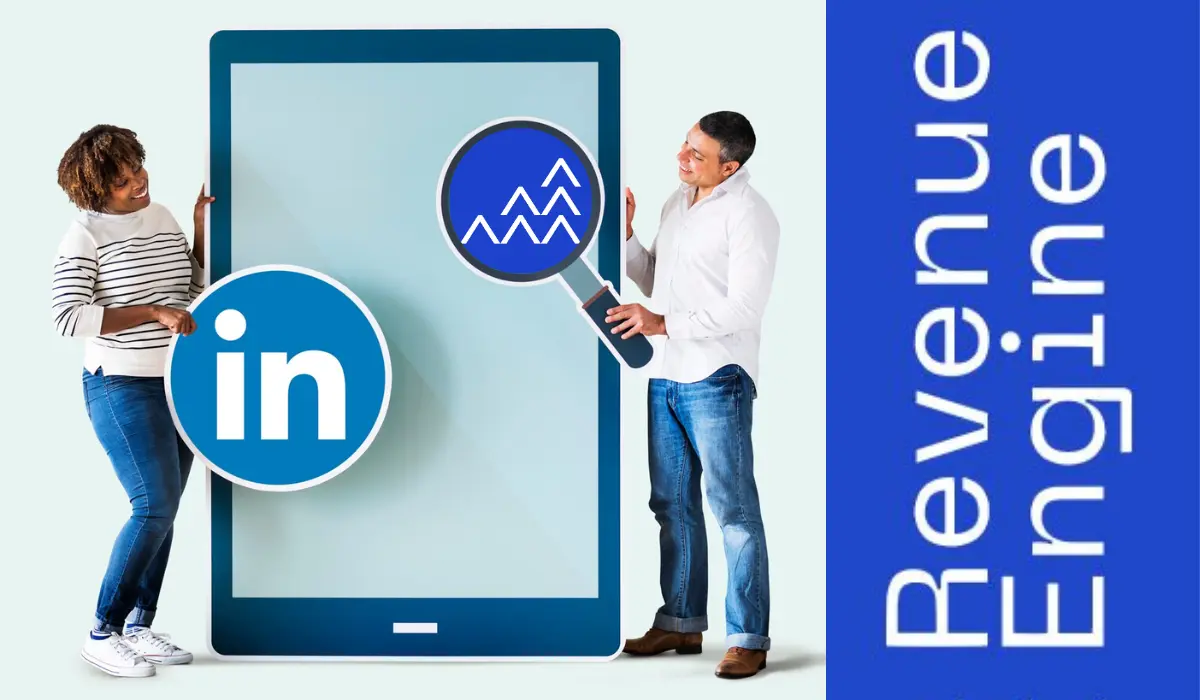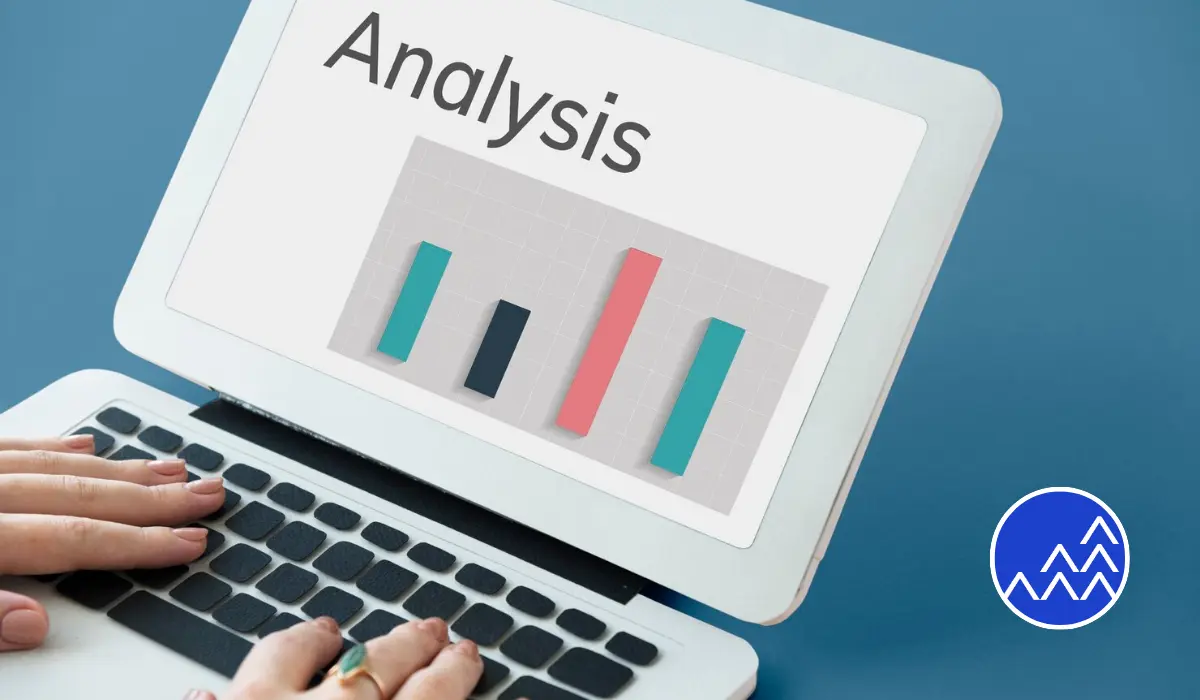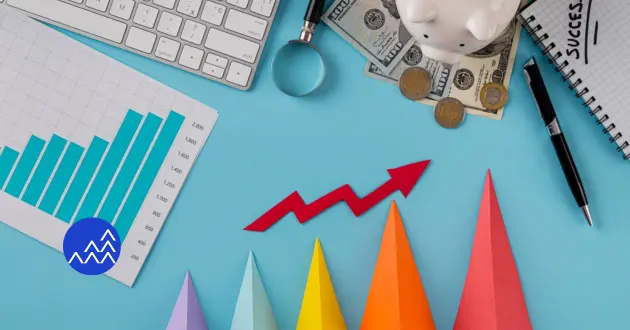LinkedIn is an incredible platform for professionals to connect, network, and grow. When used strategically, it can open doors to new opportunities, partnerships, and mentorships. But for many, the challenge lies in creating a cold outreach message that works. How do you craft a message that stands out in a busy professional’s inbox? More importantly, how do you seek advice from industry experts without sounding transactional or self-serving?
Why Cold Outreach on LinkedIn is Effective
LinkedIn outreach is a powerful way to connect with professionals who can offer career guidance or industry advice. Unlike other social media platforms, LinkedIn is business-focused, and many users are more open to networking. Additionally, LinkedIn allows you to reach out directly to individuals in senior positions who may not be easily accessible elsewhere.
The key to successful outreach is personalization. A cold message doesn’t have to feel cold if it’s carefully crafted to resonate with the recipient. With the right message, you can initiate meaningful conversations that help you gain knowledge, build relationships, and even open doors to future collaborations.
Crafting the Perfect LinkedIn Message for Advice
When crafting a cold outreach message, the goal is to be clear, concise, and respectful of the recipient’s time. Here’s a step-by-step guide on how to write an effective message:
Start with a Personalized Introduction
Always begin with a personalized greeting. Use the recipient’s name, and briefly mention something specific about them, such as their latest achievement, a recent article they published, or a post they shared on LinkedIn. This shows that you’re genuinely interested in them and not just sending a generic message to multiple people.
Example: “Hi [Name], I came across your recent article on [Topic], and I found your insights on [specific point] incredibly valuable.”
State Your Purpose Clearly
After your introduction, quickly get to the point of your message. State why you are reaching out and what you hope to achieve from the conversation. Be specific about the advice you’re seeking. Whether it’s career guidance, industry insights, or tips on a particular skill, clarity will make your request more compelling.
Example: “I’m currently working on improving my skills in [specific area], and I would greatly appreciate any advice or insights you could share on how to succeed in this field.”
Respect Their Time
Professionals are busy, so it’s important to acknowledge that their time is valuable. Keep your message short and to the point, and let them know you’re open to a quick call or even an email response.
Example: “I know you’re incredibly busy, so even a few minutes of your time would be highly appreciated. If a call isn’t possible, I’d be grateful for any advice you could share here.”
End with Gratitude
Always express gratitude at the end of your message. A simple “thank you” goes a long way in making your outreach feel genuine and respectful. Let them know that you value their time, regardless of whether they’re able to respond.
Example: “Thank you so much for considering my request. I truly appreciate your time and any insights you’re able to provide.”
Why Personalization Matters
Personalization is the foundation of successful LinkedIn outreach. While it may be tempting to send the same message to multiple people, recipients can usually tell when a message is generic. Taking the time to tailor your outreach message shows that you’re genuinely interested in the person you’re contacting, not just what they can offer you.
Here are a few more tips to personalize your message:
- Do your homework: Look at the recipient’s LinkedIn profile, read their recent posts, or find out what projects they’re currently working on.
- Use shared connections: If you have mutual connections, mention them. This can build a sense of trust and increase the chances of a response.
- Focus on value: Rather than only focusing on what you can gain, think about how you can make the interaction valuable for them. This could be as simple as sharing a relevant article or offering to support a project they’re working on.
Following Up: The Key to Success
If you don’t receive a response to your initial message, don’t get discouraged. People are busy, and sometimes your message may get lost in the shuffle. A polite follow-up can remind them of your request without being pushy.
Wait a week or two before following up, and keep the tone polite and respectful. Here’s an example:
“Hi [Name], I just wanted to follow up on my previous message. I’d still love to hear your insights whenever you have a moment. I appreciate your time!”
Conclusion:
The best cold outreach message for seeking advice on LinkedIn is one that is personalized, concise, and respectful. By doing your research and crafting a message that speaks directly to the person you’re contacting, you’ll increase your chances of receiving a response. LinkedIn outreach is a powerful tool, and when used thoughtfully, it can lead to valuable conversations, insights, and opportunities.
FAQs!
Q. How long should my LinkedIn outreach message be?
Your message should be short, ideally 3-4 sentences. Be clear about your purpose, and avoid unnecessary details. Keep it concise and respectful of their time.
Q. What if I don’t get a response?
If you don’t get a response within a week or two, follow up with a polite reminder. Sometimes messages can be overlooked, and a gentle nudge can increase your chances of a reply.
Q. Should I connect with the person before sending the message?
It’s not necessary, but it can help. Connecting with the person can build rapport and show that you’re interested in their professional journey.
Q. How can I stand out in a cold outreach message?
Personalize your message by mentioning something specific about the person’s work, such as a recent article or achievement. This shows you’ve done your homework and are genuinely interested.







